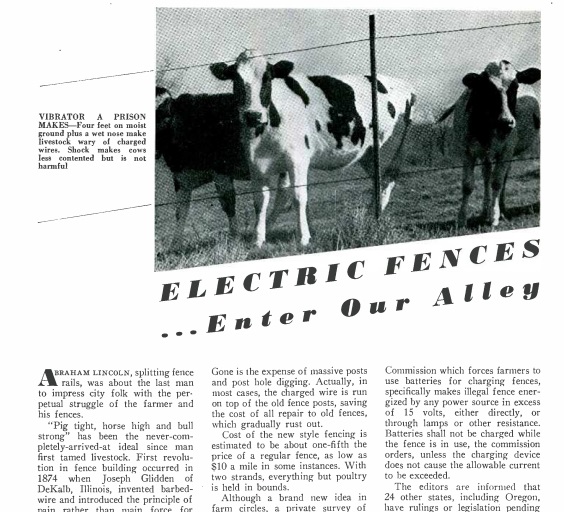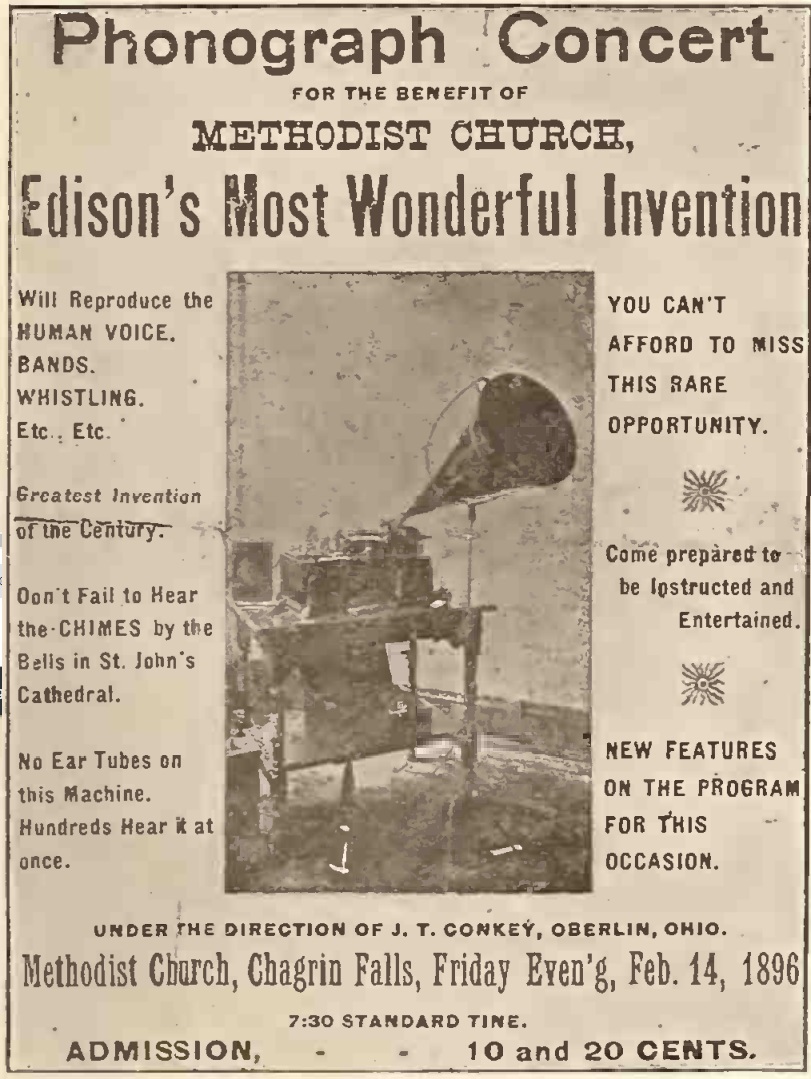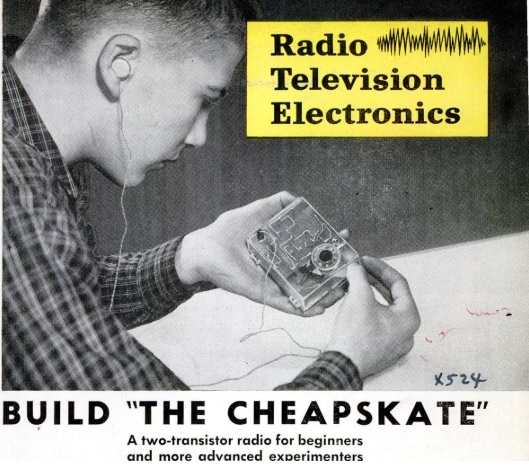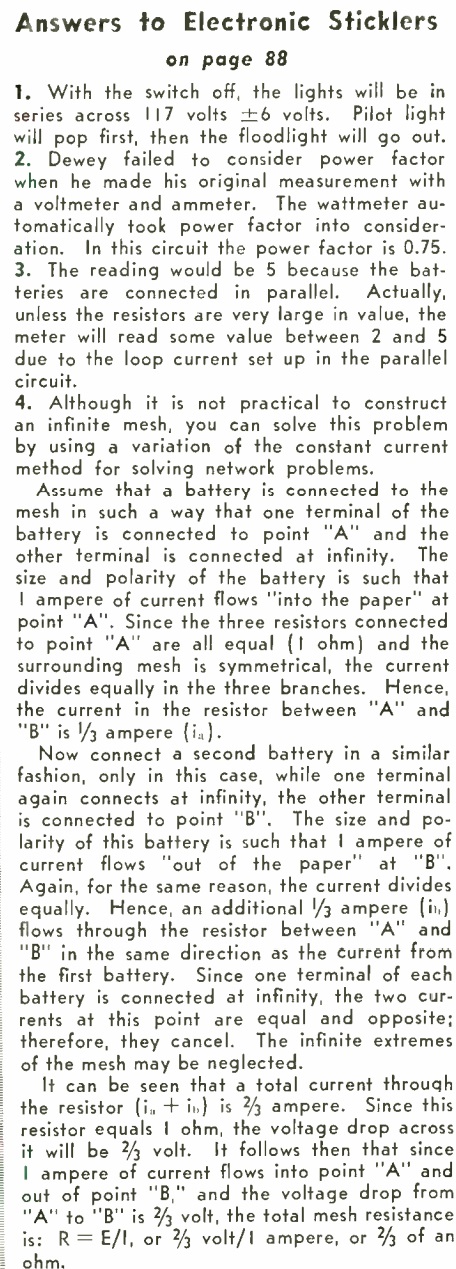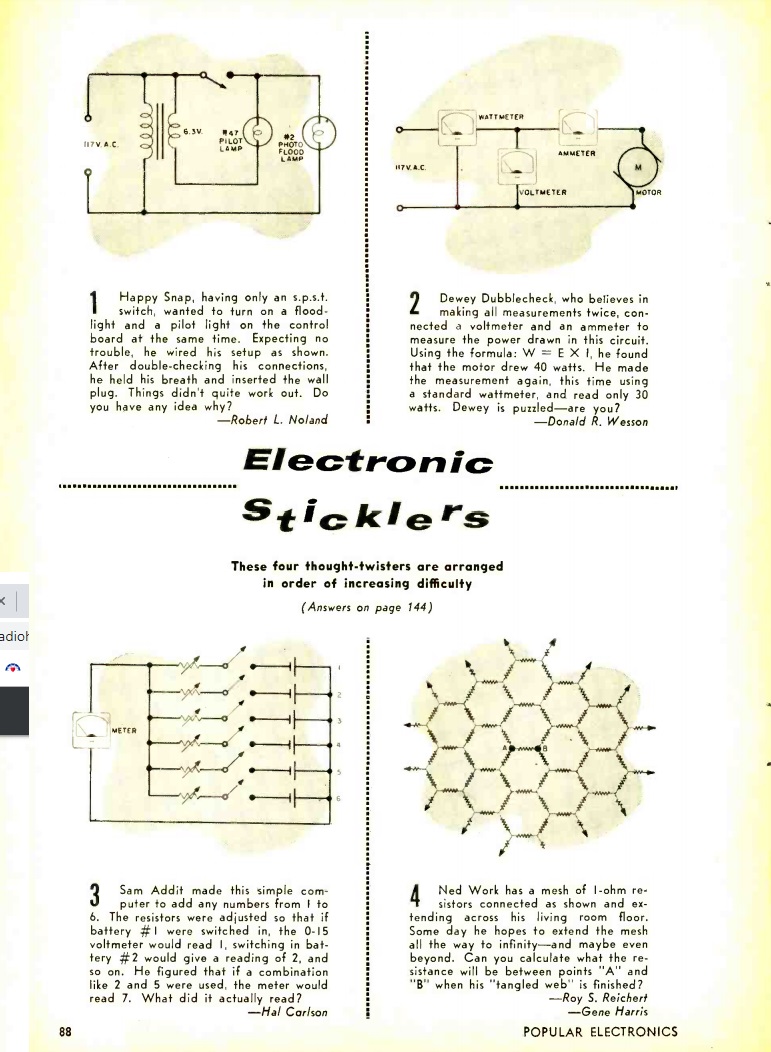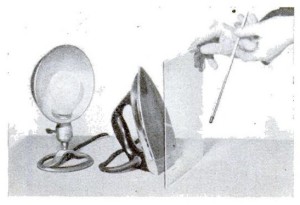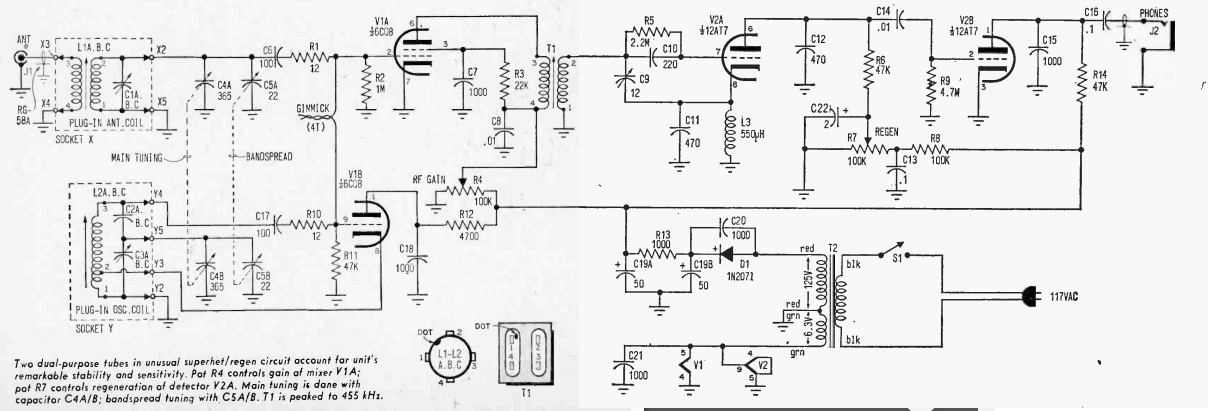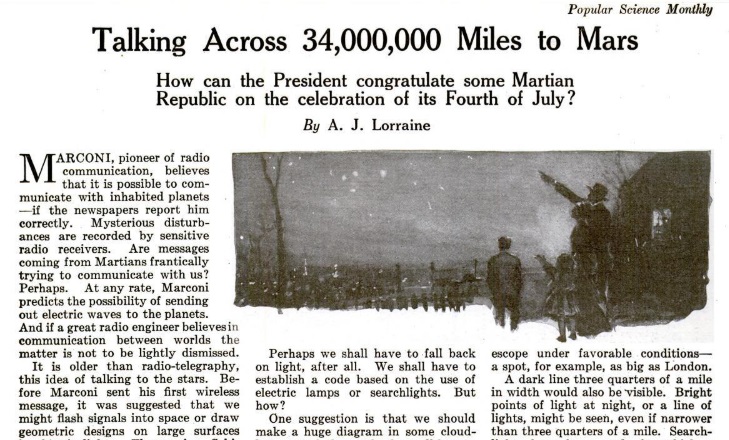 A hundred years ago this month, the May 1919 issue of Popular Science tackled the topic of communications with Mars. The magazine quoted Prof. Percival Lowell as saying that Mars is much older than Earth, and therefore it was reasonable to assume that the Martians had more time to evolve into creatures far superior to ourselves.
A hundred years ago this month, the May 1919 issue of Popular Science tackled the topic of communications with Mars. The magazine quoted Prof. Percival Lowell as saying that Mars is much older than Earth, and therefore it was reasonable to assume that the Martians had more time to evolve into creatures far superior to ourselves.
The magazine seemed to believe that radio waves wouldn’t do the trick. It noted that radio engineers on Earth require about 400 kilowatts to communicate 4000 miles. Thus, to make the millions of miles to the red planet, it looked bleak for wireless telegraphy.
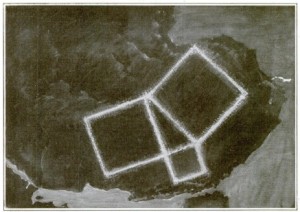 A suggested alternative was to use light, and the magazine proposed setting up a lighted display of the Pythagorean theorem in the Sahara desert. “The Martians ought to recognize that Euclidean theorem, and reply with another. Picture would follow picture, until at last some kind of interstellar code would be established.”
A suggested alternative was to use light, and the magazine proposed setting up a lighted display of the Pythagorean theorem in the Sahara desert. “The Martians ought to recognize that Euclidean theorem, and reply with another. Picture would follow picture, until at last some kind of interstellar code would be established.”



